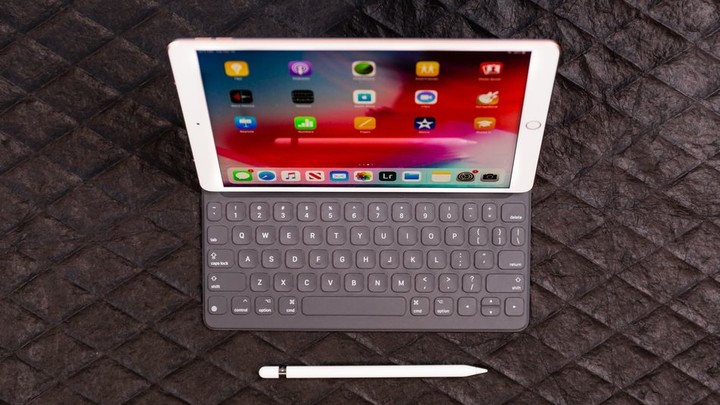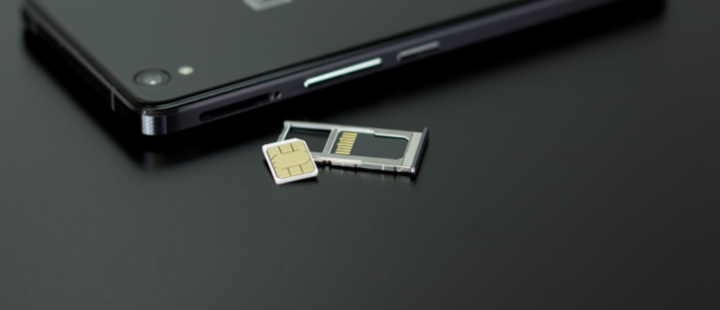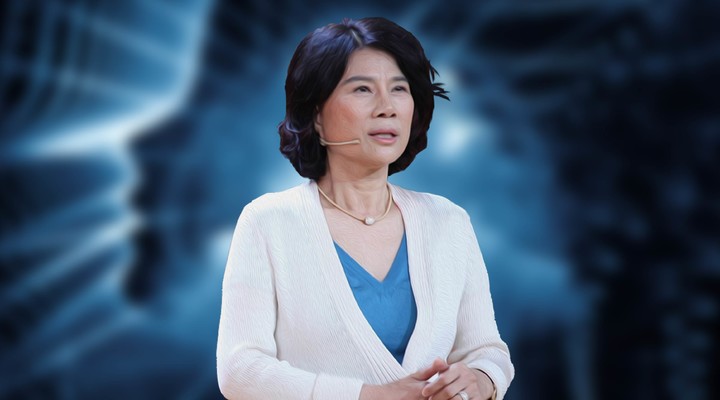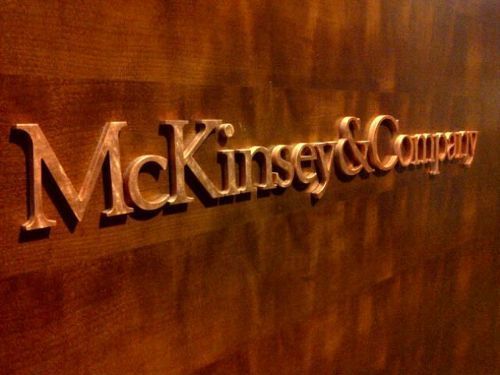iPhone 11 Pro Max BOM cost exposure, hardware costs have increased compared to previous generations

For foreign media Techinsight recently dismantled a top-loaded 512GB version of the iPhone 11 Pro Max, the BOM material cost of the machine was calculated to be $490.5 (about 3,500 yuan), only three points of its price. One or so.They pointed out that their most expensive three-camera module is $73.5, followed by expensive screens totaling $66.5, $13 for A13 processors, $58 for memory chips, $30 for RF components, $16.50 for PCB substrates, and more. It is worth noting that the BOM (Bill of Material) cost only includes the material cost of the hardware, and does not include the cost of other expenses such as research and development. Compared with last year’s iPhone XS Max, the hardware cost of this year’s iPhone 11 Pro Max has obviously increased.
iFixit disassembles the seventh generation iPad: no upgrades for batteries, increased storage to 3GB

iFixit dismantled the new seventh-generation iPad yesterday. After dismantling, it was found that the screen was still non-compact, and the chip on the motherboard was still the A10 Fusion chip, but the memory was upgraded to Magnesium 3GB LPDDR4. In addition, they also found that the new iPad battery model is A1484, which is exactly the same as the previous generation iPad, 32.9Wh/8827mAh (3.37V). Although the screen size has increased, the battery capacity has not changed.
Sony: Will not give up the mobile phone business, and will not leaveNational market

Sina Technology News, the head of the Sony mobile phone business recently said in an interview with the media that Sony will not give up the mobile phone business, and will not leave the Chinese market, and they will win with more competitive products in the 5G era. market. Sony Mobile has announced a 50% reduction in operating costs and plans to exit multiple markets, including India, Australia, Canada, South America, Mexico, Africa and the Middle East, with a focus on markets such as Japan and Europe. Earned profit in FY 2020.
iFixit disassemble Nintendo Switch Lite and found that the joystick component has changed

In addition to the iPad, iFixit has recently dismantled the latest Nintendo Switch Lite. After dismantling, they found that the machine is equipped with a 5.5-inch LCD touch screen, the resolution is still 720P, non-full fit design. Built-in 32GB of storage, supporting up to 2TB of expansion. On its motherboard, you can see NVIDIA’s TeC X1-customized SoC, two 4GB of Samsung DDR4 memory, and 32GB of Samsung eMMC flash.
The most interesting part of the rocker does not change much in appearance, but the outer casing becomes easier to disassemble, and the inner metal contacts are smaller than the switch, but the changeWhether it is possible to effectively solve the “rocker drift” problem remains to be verified.
SIM card reveals new vulnerabilities that can leak location information

After the previously exposed Simjacker, another SIM card vulnerability called WIBattack was recently exposed. Ginno, the security lab that exposed the vulnerability, said the vulnerability could send a malicious OTA message containing a WIB command to the victim’s number, which in turn induced the WIB browser in the SIM card to make a call, send a text message, or even send location information. operating.
Guo Minghao: It is expected that Apple will launch a mini LED product within 1-2 years

Tianfeng International released its latest forecast yesterday evening, saying that Apple will launch the iPad and MacBook with mini LED display in the second quarter of 2020 to the first quarter of 2021. Guo Mingxi believes that the mini LED will be an innovative technology for Apple’s research and development of high-end products in the next 1-2 years.
Apple Encourage suppliers to switch to transitional projects using clean energy

Lisa Jackson, vice president of environmental, social and policy programs at Apple, said in an interview with Fast Company that Apple is helping suppliers transition to renewable energy. Most of the carbon emissions associated with consumer electronics are related to manufacturing and transportation processes, and about 70% of Apple’s carbon footprint is in the supply chain. Jackson said that these facilities are not owned or operated by Apple, but Apple hopes they can get high quality clean energy.
Dong Mingzhu ranks third in the world’s most influential business women’s list
 < /p>
< /p>
Recently, Fortune announced the list of the world’s most influential business women in 2019. Dong Mingzhu, chairman of Gree Electric, ranked third in the world, first in the country, and Santander Bank of Spain topped the list. Executive Chairman Anna Boting. In addition, the 50 women on the list are from 19 countries, spread across six continents, and 13 from China.
McKinsey: E-commerce purchases in low-tier cities are increasing, and buying more luxury goods

McKinsey recently released the “China Digital Consumer Trends Report 2019”, which mentioned that e-commerce spending in low-tier cities has already surpassed first- and second-tier cities in 2016, and young people under the age of 35 in third- and fourth-tier cities. The proportion of online shopping is more than 90%, and the overall online shopping ratio is more than 80%, which is similar to that of first- and second-tier cities; luxury goods with higher prices, more special and limited products that are more difficult to buy are more favored; Big city consumers, small and mediumConsumers in cities are less price sensitive.
Seoul food prices in Asia first
Recently, NUMBEO, the world’s largest city database website, has published food price rankings in more than 300 major cities around the world. Among them, Seoul ranks sixth, ranking first in Asia. According to a CCTV report, a data released by the Korea Agriculture, Fisheries and Food Distribution Corporation this month showed that the average monthly household expenditure in Korea in 2005 was 2.53 million won, or about RMB 15,088, of which food expenditure and out-of-town expenditure accounted for more than 40%. %.
Netizen: “No wonder my friends used to study in the past.” “Everyone only pays attention to Japanese watermelons. In fact, various vegetables and fruits in Seoul are very expensive.” “South Korea’s bananas are the same as Japanese watermelons. When I saw Koreans coming to China to eat bananas, I thought that there were no bananas in Korea.”

On September 30, 2015, the Apple Music music streaming service landed in mainland China.
As one of the main promoters of digital music distribution, music has been rooted in Apple’s genes. On June 30, 2015, Apple officially launched the Apple Music service in the US, and landed in mainland China three months later, offering a three-month free trial and an official subscription price of $10/month. Although Apple Music’s subscription fee is lower than other regions, the lack of some Chinese music libraries and the problem of playing Caton in the early stage of the game, as well as the fierce competition of major streaming music service providers in China, the early days of Apple Music The development seems to be somewhat tepid.
Today, under the multiple optimizations of Apple, the problem of Apple Music playing Caton has been basically solved. The rich European and American music library and Apple’s proud manual editing recommendation function have also made more and more users choose it. Have you used the Apple Music service, how do you feel?




